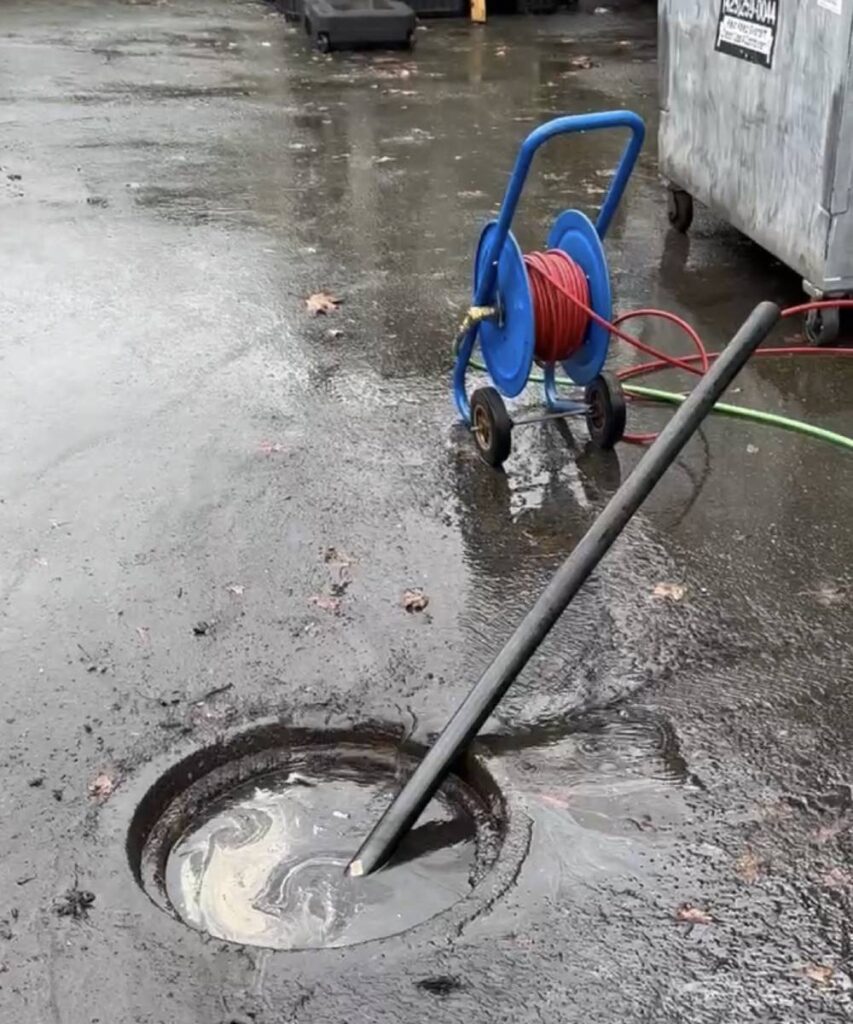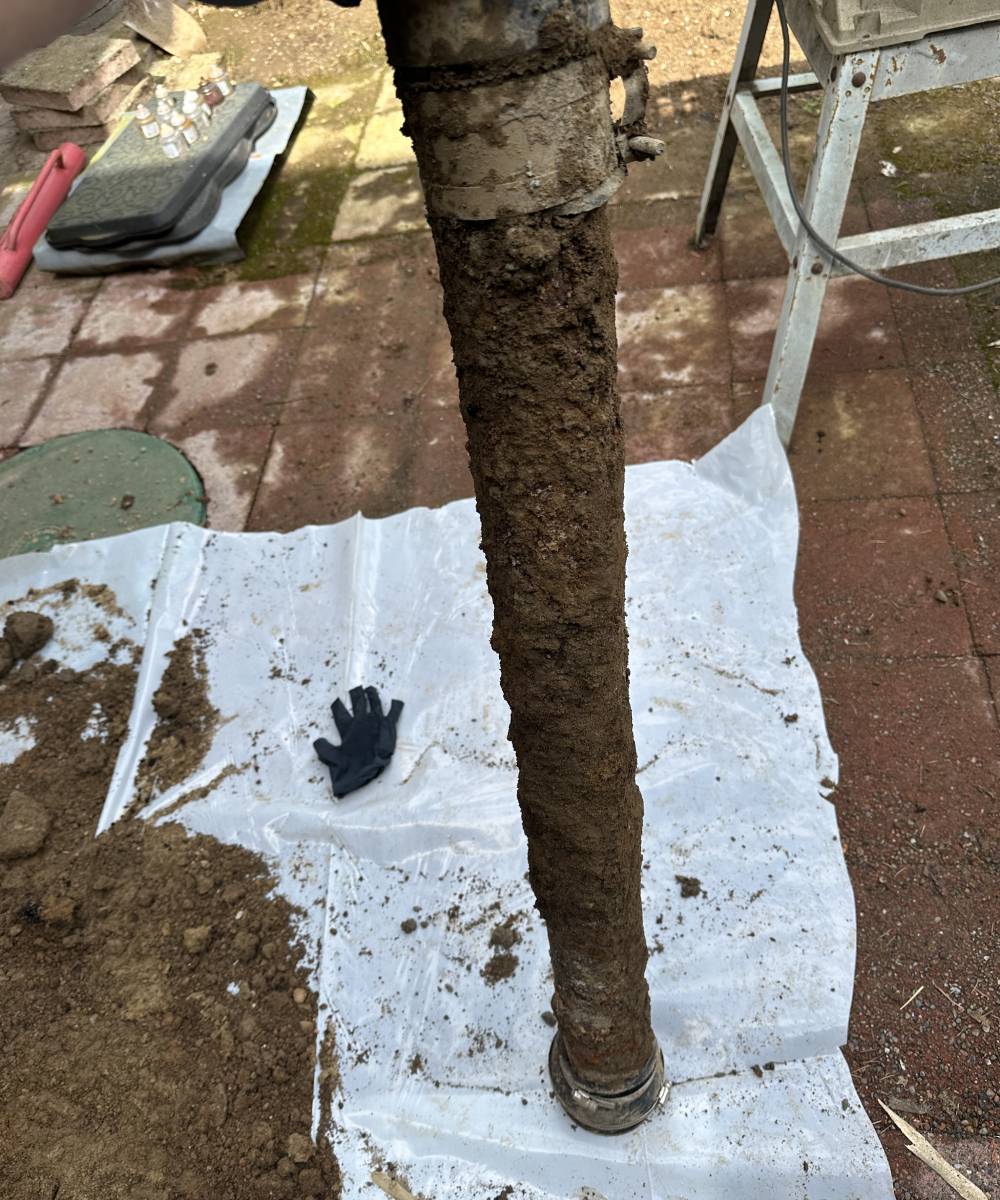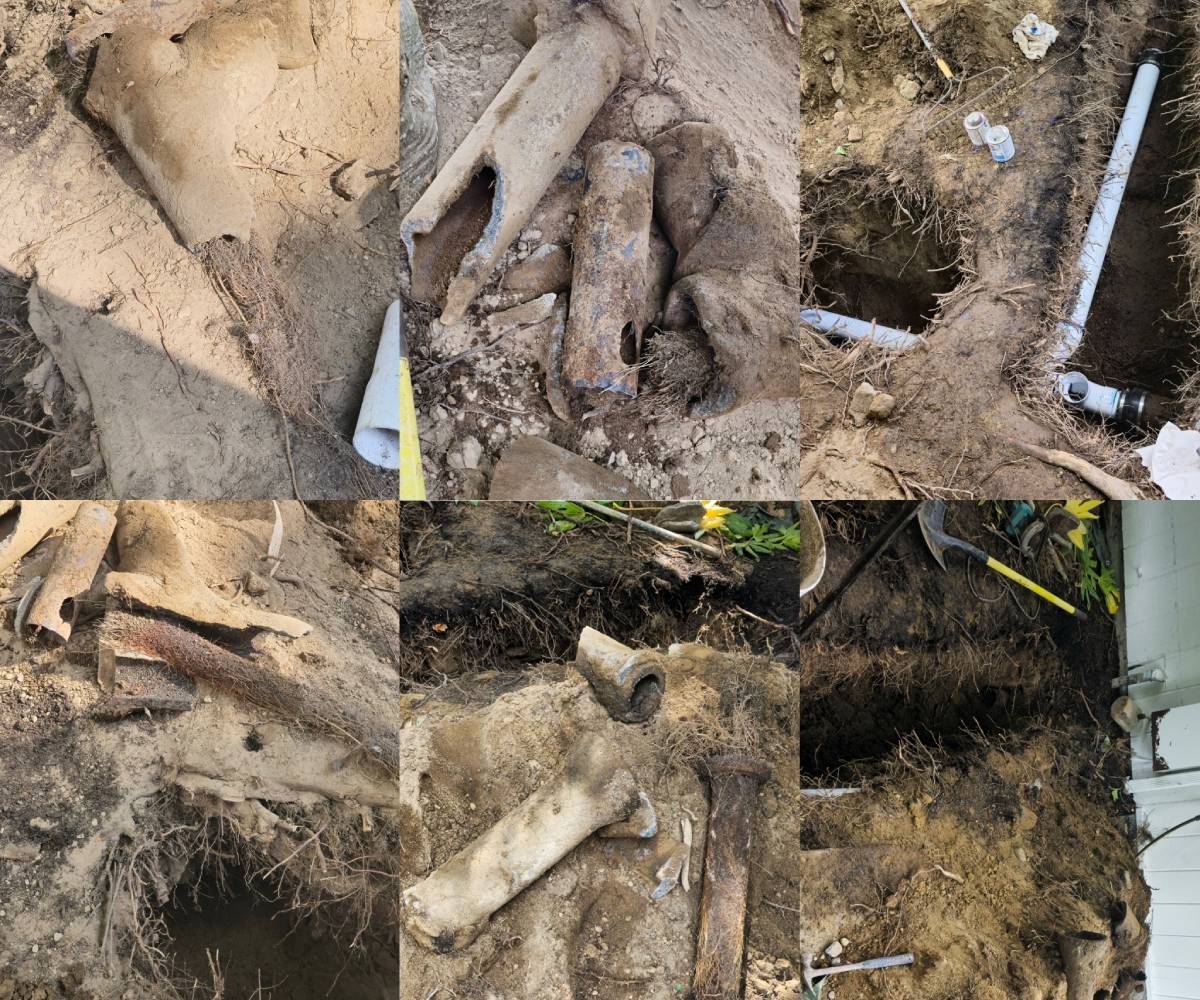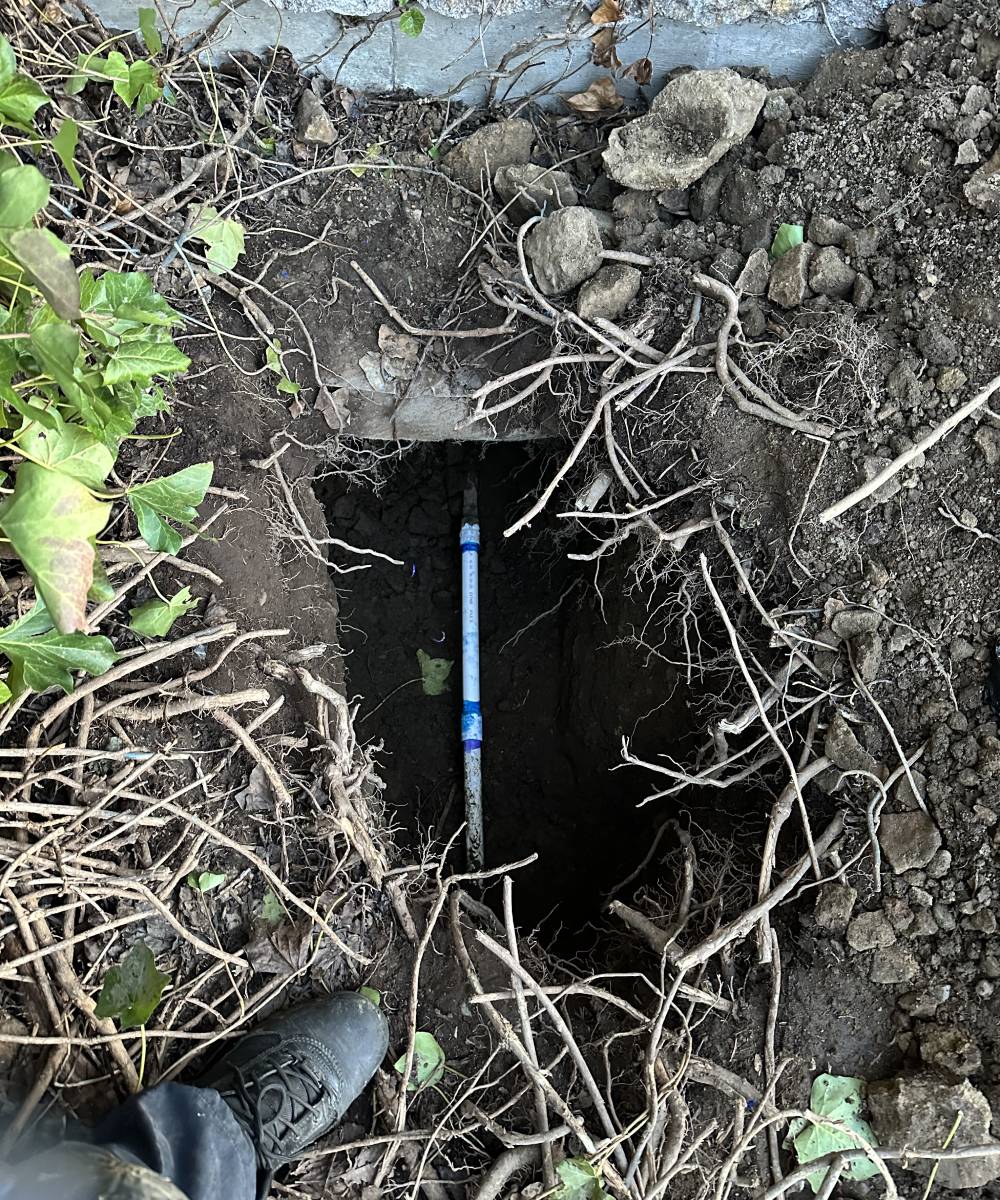Seattle’s relentless rain is part of what makes it special—the misty mornings, the evergreen forests, and that cozy coffee shop vibe. But for homeowners, the wet climate brings a less charming reality: constant pressure on your plumbing system. Clogged drains, sewer backups, and root intrusions are all-too-common issues in the Emerald City. So, how often should you clean your drains in Seattle’s soggy weather? At KnightRooter, we’re here to help you protect your home with expert advice and top-notch plumbing services.
In this comprehensive guide, we’ll explore why Seattle’s climate demands regular drain maintenance, recommend a cleaning schedule tailored to the region, and share practical tips to keep your pipes flowing smoothly. Whether you’re a DIY enthusiast or need a trusted plumber in Seattle, we’ve got you covered. Let’s get started!
Why Seattle’s Wet Climate Puts Drains at Risk
With an average of 37 inches of rain annually and over 150 rainy days, Seattle’s wet climate is a plumber’s playground—and a homeowner’s challenge. Here’s why your drains take a beating:
- Debris Overload: Rainfall sweeps leaves, pine needles, and dirt into outdoor drains and gutters, which can clog your plumbing system over time.
- Tree Root Invasion: Wet soil accelerates root growth, sending them straight toward your sewer lines in search of water. Seattle’s tree-lined neighborhoods amplify this risk.
- Sewer System Strain: Heavy downpours can overwhelm the city’s aging sewer infrastructure, leading to backups that affect your home’s drains.
- Indoor Moisture Issues: Poorly maintained drains trap water, fostering mold, mildew, and funky odors—especially in damp basements or bathrooms.
- Erosion and Sediment: Runoff from Seattle’s hilly terrain carries sediment into drains, creating blockages in underground pipes.
Ignoring these factors can lead to costly repairs, from burst pipes to flooded yards. Regular drain cleaning isn’t just a good idea in Seattle—it’s a necessity.
How Often Should You Clean Your Drains in Seattle?
The short answer: more often than you might think. Seattle’s wet climate accelerates wear and tear on your plumbing, so here’s a tailored schedule:
- Indoor Drains:
- Kitchen Sinks: Clean every 6 months to combat grease and food buildup.
- Bathroom Drains: Clean every 6–12 months to remove hair, soap scum, and toothpaste residue.
- Laundry Drains: Inspect and clean annually to prevent lint and detergent clogs.
- Outdoor Drains and Gutters: Clean twice a year—once in early fall (before the rainy season peaks) and once in spring (to clear winter debris).
- Sewer Lines: Schedule a professional inspection and cleaning every 18–24 months. Homes near large trees or with older pipes may need annual service.
What Influences Cleaning Frequency?
- Home Age: Pre-1980s homes with cast iron or clay pipes are more prone to corrosion and clogs.
- Tree Proximity: Mature trees near your property increase the risk of root intrusion.
- Household Size: More people means more drain usage—and more potential for blockages.
- Rainfall Intensity: Wetter-than-average years may call for extra cleanings.
Not sure where to start? KnightRooter offers free consultations to create a custom drain maintenance plan for your Seattle home. Get in touch today.

Warning Signs Your Drains Need Immediate Attention
Catch drain problems early to avoid expensive fixes. Here are the top signs your drains are crying for help:
- Slow Drains: Water lingering in your sink or shower? That’s a clog waiting to happen.
- Gurgling Sounds: Bubbles or noises from your pipes mean air is trapped by a blockage.
- Bad Smells: Rotten egg or sewage odors signal organic buildup or a sewer issue.
- Multiple Backups: If your toilet overflows when you run the dishwasher, you’ve got a main line problem.
- Wet Spots Outdoors: Soggy patches or standing water near drains suggest a blockage or pipe damage.
Acting fast can save you from a plumbing emergency. If you spot these red flags, don’t hesitate—call KnightRooter for expert drain cleaning in Seattle.
DIY Drain Cleaning Tips for Seattle Homeowners
For minor clogs or routine maintenance, try these eco-friendly, Seattle-approved methods:
- Hot Water Flush: Pour boiling water down kitchen and bathroom drains monthly to melt grease and soap buildup.
- Baking Soda and Vinegar: Combine ½ cup of each, pour it into the drain, wait 30–60 minutes, then flush with hot water. It’s a natural fizz that breaks down debris.
- Plunge Away: A sturdy plunger can clear shallow clogs in sinks, showers, or toilets.
- Drain Snake: Pick up a 25-foot drain snake at a local hardware store to pull out hair and gunk.
- Outdoor Cleanup: Wear gloves and use a trowel to remove leaves, mud, and twigs from yard drains and gutter downspouts.
Caution: Skip the chemical drain cleaners. They’re harsh on pipes, bad for Seattle’s waterways, and often a temporary fix for bigger problems.
When to Call KnightRooter for Professional Drain Cleaning
DIY is great—until it isn’t. Here’s when to bring in Seattle’s drain cleaning experts at KnightRooter:
- Stubborn Clogs: If plunging or snaking fails, you need advanced tools like hydro-jetting.
- Sewer Line Issues: Multiple slow drains or sewage smells point to a main line blockage.
- Root Problems: Our rooter service cuts through invasive tree roots without digging up your yard.
- Pipe Inspections: Older homes benefit from camera inspections to spot cracks or corrosion.
- Emergency Backups: Flooded basements or overflowing toilets need immediate attention—our 24/7 team is ready.
KnightRooter uses state-of-the-art equipment to tackle even the toughest drain issues. Schedule your service now and enjoy peace of mind.
Preventive Maintenance for Long-Term Drain Health
An ounce of prevention beats a pound of cure—especially in Seattle’s wet climate. Try these tips:
- Install Drain Screens: Catch hair and food scraps before they go down the drain.
- Limit Grease: Pour cooking grease into a jar, not your sink—it hardens in pipes.
- Trim Trees: Keep roots in check with regular pruning near sewer lines.
- Upgrade Gutters: Add gutter guards to reduce debris flowing into outdoor drains.
- Annual Checkups: Book a professional inspection with KnightRooter to catch issues early.
Proactive care saves money and stress. Let us help you stay ahead of Seattle’s plumbing challenges.
FAQ
1. Why do my drains clog more in Seattle than other places?
The wet climate brings extra debris, root growth, and sewer strain—unique challenges for local plumbing.
2. How often should I clean my drains if I have a big family?
With heavy usage, aim for every 6 months for indoor drains and twice yearly for outdoor ones.
3. Can heavy rain really back up my indoor drains?
Yes! Overloaded sewers can push water back into your home, especially if your drains aren’t clear.
4. What’s the best way to stop tree roots from clogging my pipes?
Regular rooter service from KnightRooter removes roots safely. Avoid planting large trees near sewer lines.
5. Are store-bought drain cleaners worth it?
Not in Seattle. They damage pipes and pollute our waterways—stick to natural methods or call us.
6. How much does drain cleaning cost in Seattle?
Prices depend on the job. Get a free quote from KnightRooter at https://knightrooter.com/.
For professional and fast drain cleaning Bothell, drain cleaning Seattle, and drain cleaning Bellevue, contact KnightRooter. Our team is ready to provide the best solutions for your drain issues.





No comment yet, add your voice below!